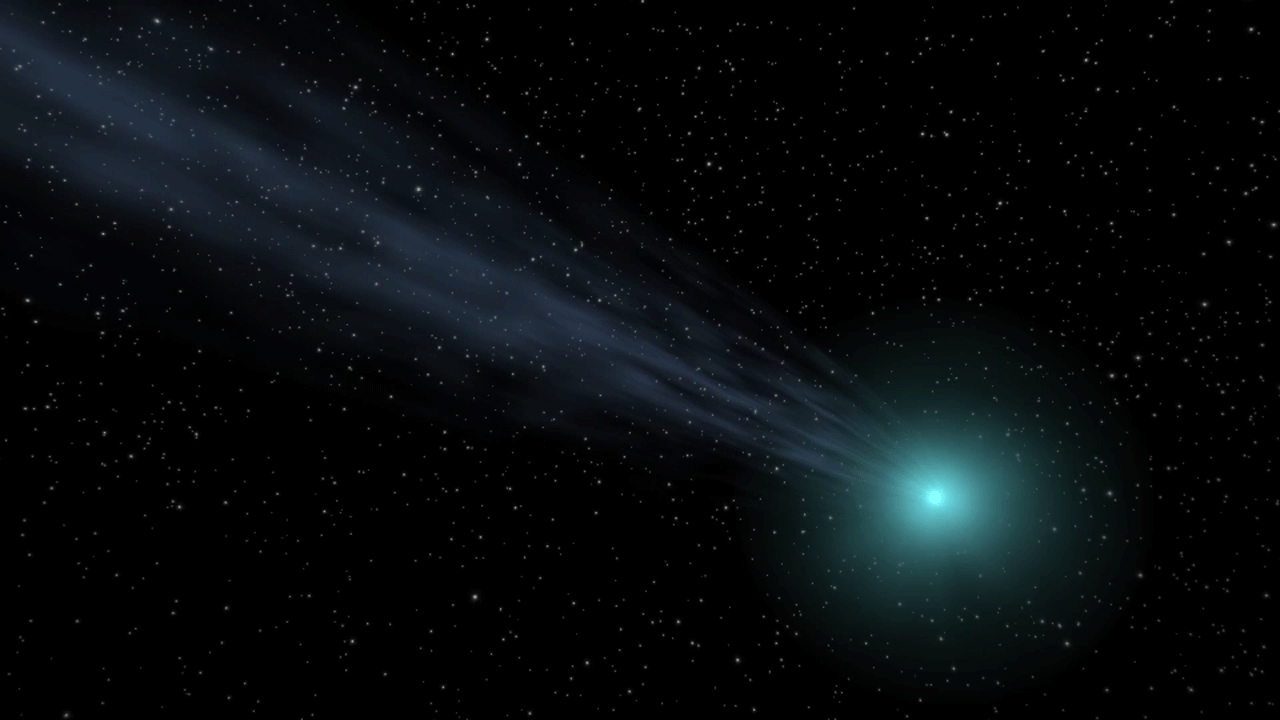NASA's WISE Spacecraft Uncovers Massive Comets In Our Solar System

Our corner of the universe might have more large comets than astronomers have previously thought, according to a bunch of new observations from a NASA spacecraft.
The WISE spacecraft searched the sky with infrared instruments to figure out how many comets with long orbits, known as long-period comets, are out there and determined that they “are a factor of several higher than previous estimates,” a study in the Astronomical Journal says. Those comets are at least 0.6 miles across and many more of them passed by the sun during the observation period than the scientists had expected.
Read: Do We Have to Worry About an Asteroid Hitting Earth?
Long-period comets can be difficult to watch and understand in part because they take at least 200 years for each orbit around the sun, and sometimes can take thousands or millions of years. The new observations offer some more insight into these icy bodies that we sometimes see streaking through the stars in our night sky.
Comets are made up of material that was leftover from when our solar system formed. They are largely composed of ice with some organic material, which is why they have often been referred to as snowballs. Earth observers frequently identify comets by their tails, the bright streaks that appear to trail behind them. The tail is actually the comet’s atmosphere of hot dust and gas, also known as a coma, but it looks like a tail when particles and radiation from the sun — the solar wind — blow into it and force it backward. It develops an atmosphere to begin with when the sun heats up the material on its surface.
NASA says comets are “roughly the size of a small town” and when they get close to the sun, “it heats up and spews dust and gases into a giant glowing head larger than most planets. The dust and gases form a tail that stretches away from the sun for millions of kilometers.”

The number of comets that are likely out there, based on the new research brought in by the WISE spacecraft, tells scientists more about how the universe formed, including how much material was leftover afterward.
“We now know that there are more relatively large chunks of ancient material coming from the Oort Cloud than we thought,” lead study author James Bauer said in a statement from NASA’s Jet Propulsion Laboratory.
He is referring to the spherical layer of material in the outermost part of the solar system. Many long-period comets may have originated in that sphere and then escaped millions of years ago.
Another crucial observation in the study is that the long-period comets are much larger than — perhaps twice as large as — the ones that are considered part of the “Jupiter family comets.” Those comets have orbital periods shorter than 20 years and got their orbits because of how Jupiter’s gravity pushed and pulled them through space.
Read: This Meteorite That Landed in the Netherlands Is As Old As Earth Itself
The size difference can be attributed to the pressure the sun puts on the comets: The ones that orbit closer in and have shorter orbital periods are exposed to more heat, which will over time chisel away at the ice and other material it contains.
“Our results mean there’s an evolutionary difference between Jupiter family and long-period comets,” Bauer said.
If there really are a lot of long-period comets, there probably have been many that are already gone after crashing into planets. Those collisions would have brought some material to the planets’ surfaces — which could be exciting for the scientists who theorize that comets delivered the necessary ingredients for life on Earth, including water, atmospheric gases and organic material.
And whether comets brought life to Earth or not, further understanding them could help keep life here in the future.
“Comets travel much faster than asteroids, and some of them are very big,” study co-author Amy Mainzer said in the NASA statement. “Studies like this will help us define what kind of hazard long-period comets may pose.”
© Copyright IBTimes 2024. All rights reserved.





















